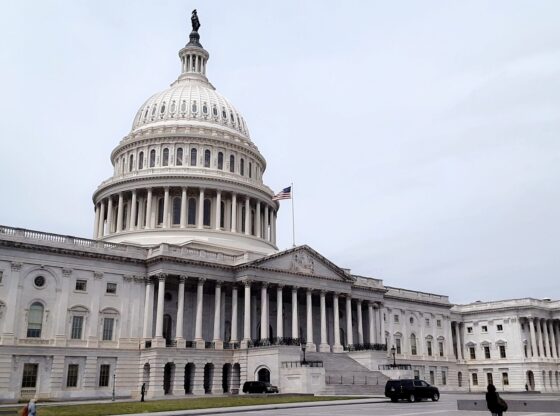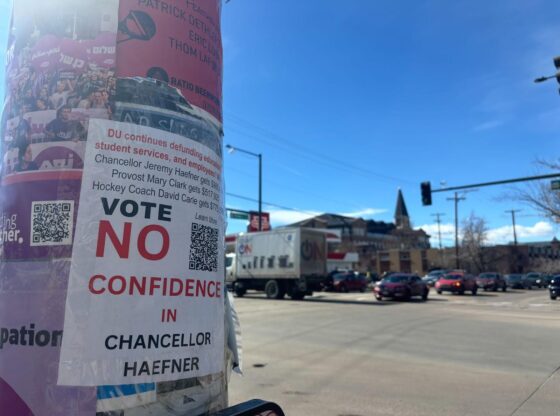Do you remember the streaming platform released in the spring, Quibi? In April, I also happened to write an article praising it. Perhaps you have never heard of the service. That would not be surprising since it will have a not-so-glorious lifespan of six months (officially closing down this December). It turns out, I was wrong. The platform was doomed from the start.
Quibi is only offered in mobile app form, catering to watchers on-the-go. The app has a multitude of skits under ten minutes. Think of it as a microcosm of Netflix. It offers the same variety of genres and features big names such as Kevin Hart and Liam Hemsworth.
Initially, I thought it was smart. Before COVID-19, I only had short increments of time between work and classes. A brief skit seemed like the perfect break compared to beginning a 45-minute Netflix episode. However, the app was released on April 6—during the onset of COVID-19 in the United States—and the pandemic diminished the need for Quibi.
The courageous investors of Quibi had forked over $1.75 billion, exactly $350 million of which will be returned. The $4.99/month service was at a disadvantage competing with free short streaming platforms like TikTok and Youtube. Paid behemoths, such as Netflix, Hulu, Disney+ and Amazon Prime Video posed a challenge. Even in a pre-COVID-19 environment, the odds were stacked against them.
Rich Greenfield of LightShed Partners, a media research firm stated, “It is really hard to break in now as a new player on the content side, especially as a subscription app without a free initial offering, but if there was must-have content that people couldn’t live without, they would have subscribed. The numbers speak for themselves.”
Most of the world became house-locked in the spring, and it facilitated unprecedented changes in consumer behavior. It gave people an opportunity to plow through their list of Netflix shows and crank through a 45-minute episode with ease. The demand for series and movies grew exponentially. Like much of the population, I went from having no time to too much time. This meant Quibi was entering a saturated segment with no target market. By the end of Quibi’s three-month free trial, they had lost 90% of their subscribers. The 910,000 initial subscribers turned into 72,000.
Quibi’s failure is a stark reminder of the volatility of consumer markets. Arguably, every industry was impacted by COVID-19. It tested the adaptability of numerous companies. It is possible that Quibi could have met changing consumer needs by offering the service in forms beyond the mobile app or adding video sharing capabilities to encourage social interaction. Once a concept fails, it’s easy to spiral down a tunnel of “what ifs,” but it is about time Quibi quit.











